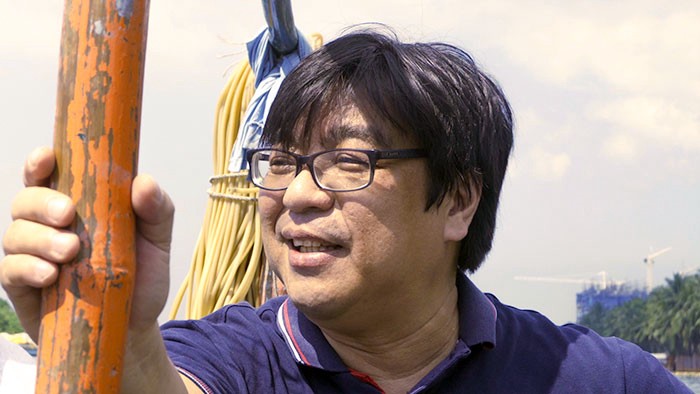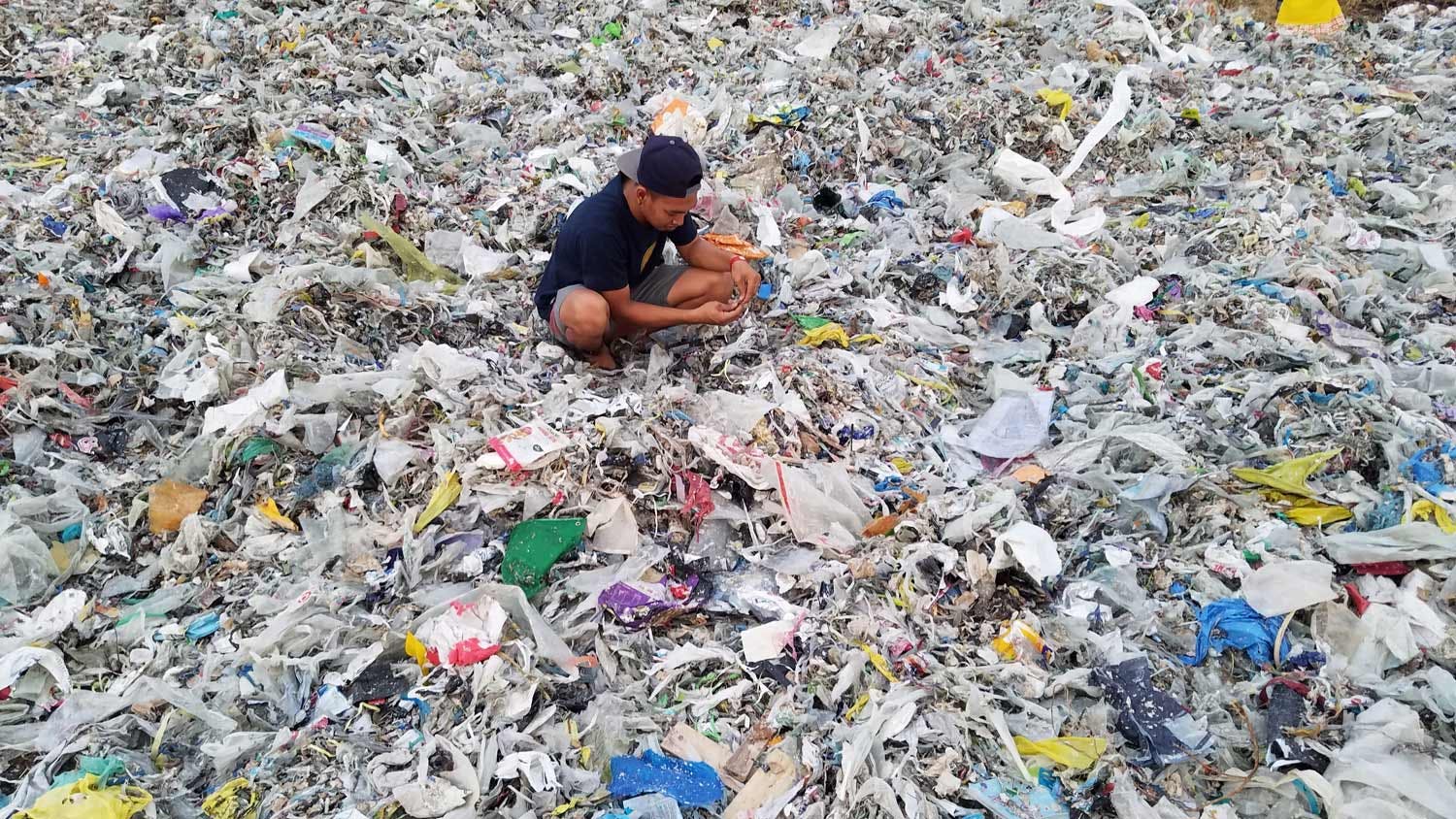The Changing Story of Plastic: A Q&A with Von Hernandez
A longtime anti-plastics campaigner speaks out on the plastic crisis in the Philippines and the larger global south.
Growing up in Manila, Von Hernandez watched as incineration plants — and their attendant air pollution — surrounded his community. In the 1990s, Hernandez spearheaded an anti-plastics-incineration campaign. His relentless activism made him enemies in the plastics industry, and he was frequently attacked in the press by pro-incineration lobbyists and government officials. Eventually, though, the Philippines passed the world’s first national waste incineration ban in 1999.
Hernandez has worked as an environmentalist ever since — first leading programs for Greenpeace Southeast Asia, then as Greenpeace International’s global development director. Today, he’s the global coordinator for Break Free From Plastic (BFFP), a movement advocating for a plastic-free future worldwide. The work he does with BFFP is featured in the 2019 documentary The Story of Plastic, directed by Deia Schlosberg. Presented by the nonprofit Story of Stuff Project, the film looks at the history of the plastics industry, the current pollution crisis, and the effects of plastic waste on human health around the world.
We spoke to Hernandez about plastic waste in his home country of the Philippines, activism, and replacing the linear economy with a circular one. (This interview has been edited for length and clarity.)
Rebecca Gao: Has there been successful resistance to Western countries dumping plastic waste in the Philippines?
Von Hernandez: There’s always a lot of agitation involving communities whenever they find that they’re being used as a dumping ground. Because, well, if recycling was so efficient, then why export it in the first place?
What [activists] have been doing is exposing cases. Whenever they find plastic waste shipments, they put a spotlight on what those operations look like to tell the global community: This is not the solution to the plastics problem.
It’s been quite successful. In 2019, the UN added plastic waste to the Basel Convention [controlling movement of hazardous waste], which requires prior informed consent. So now, [plastics] are no longer considered green waste that you can recycle, but it requires the consent of recipient countries before it is exported.

Von Hernandez
How do you feel about the future of plastics?
There’s good reason to be optimistic. We know that there’s been a lot of interest on the issue of plastic pollution. I’ve been an environmental activist for more than 20 years, and I haven’t seen such attention put on one issue as [there has been on] plastics. We’ve seen countries, one after another, ban single-use plastics — which is a good indication that this issue is picking up and getting attention.
Of course, we can’t just think that that’s the end of the game. We haven’t really approached the issue of packaging, which I see as the holy grail in this — a lot of the single use plastics applications out there have to do with packaging. Our movement is committed and energized, and they know there’s opportunities to push for systemic change.
What are some of the biggest culprits of the plastic waste crisis, in your mind?
In the global south, as you see in the film, you’ll find that most of the stuff that’s polluting the coastal areas are these “sachets” [single-use plastic pouches containing products like shampoo and sauce]. Some of these are multilayered and they cannot be recycled. Nobody bothers to collect them, because they have no value.
Prior to the emergence of plastic packaging, there were reuse and return systems in place.
That’s difficult when most of the products you need in your day-to-day life are only available in sachets.
Yes, and the industry even says that [sachets are] “pro-poor,” because the poor communities cannot afford big batches of products at once. We are challenging this rationale, because prior to the emergence of sachets or plastic packaging, what was there? There were reuse and return systems in place. In the Philippines, I remember we would have traditional community stores where people would go get their fill of sugar, cooking oils, soy sauce, and whatnot, using reusable containers.
We have a term in the Philippines — and I’m sure the concept isn’t unique to us — but we have what we call tingi. Which basically says: you buy in small increments and you buy only what you need. That culture has been appropriated by industries to cater to the lower classes, to capture that market, and even brand the product towards them.
What are some examples of how plastic impacts people living in the global south?
It’s a life and death issue on many fronts. [In places where plastics are burned,] communities are exposed almost on a daily basis to toxic emissions. Then, there are some of the more visible manifestations of the problems, like single-use plastics clogging up waterways, drainage systems, and therefore contributing to floods. And coupled with extreme weather and climate change, that doesn’t look very good for an island nation like the Philippines.
If you can’t recycle or reuse, you shouldn’t be manufacturing these products.
Why does incineration get so much focus in the documentary?
The plastics industry loves incineration because it makes the problem “disappear.” What it actually means is that you transform the problem from a waste problem to a toxic air pollution problem. So, there’s definitely a public health argument against incineration, because the local communities become victims. There has been study after study linking greater incidence of cancer in communities living around incinerator plants.
Our opposition to incineration is also a way of getting out of this linear economic model of extract, produce, and dispose. By stopping incineration, or at least not having that option, we could encourage a movement of circularity. Because then you would be putting pressure on manufacturers to design or redesign products to be reusable or recyclable. Ultimately, the message to industry is: If you can’t recycle or reuse, you shouldn’t be manufacturing these products.
